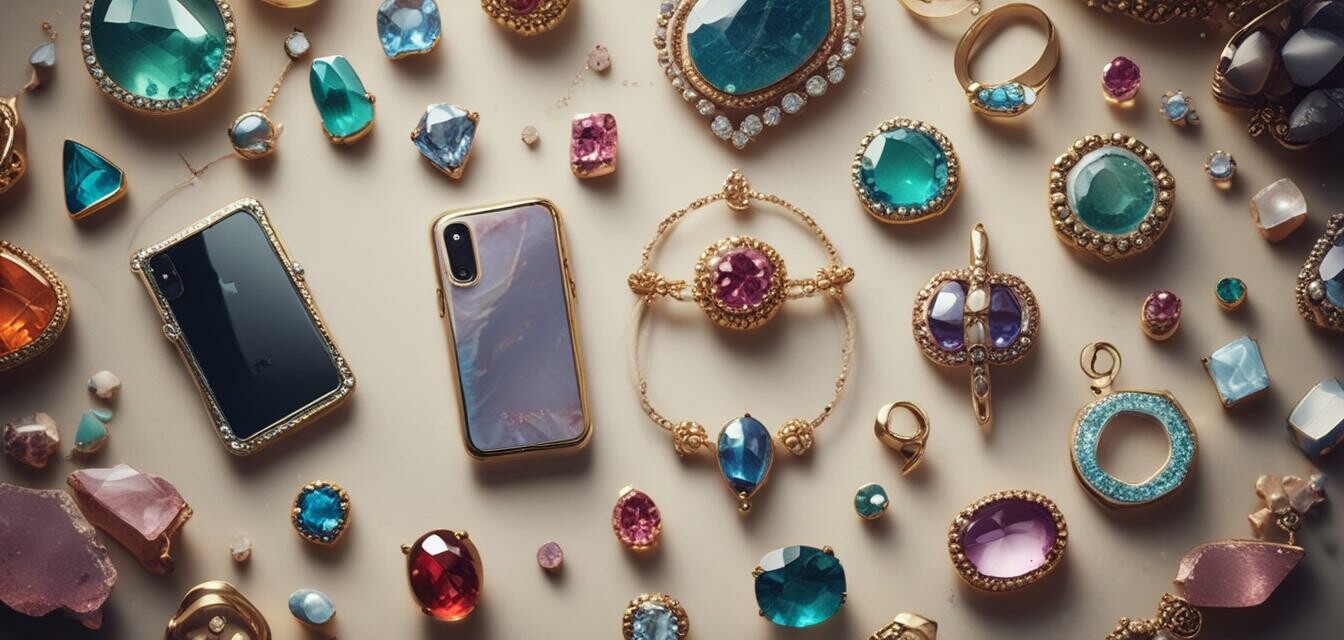
Replacing Your Screen Protector: When and How
Key Takeaways
- Screen protectors need to be replaced periodically for optimal device protection.
- Common signs indicate that it's time for a replacement.
- Learn proper techniques to replace your screen protector without damaging your device.
- Different types of screen protectors have unique replacement guidelines.
- Use quality cleaning supplies and tools for a seamless installation.
Your smartphone is one of your most essential tools, and protecting its display should be a top priority. However, over time, screen protectors can become worn, scratched, or less effective. This article will guide you through understanding when to replace your screen protector and how to do it properly without damaging your device.
When to Replace Your Screen Protector
Knowing when it's time to replace your screen protector can save you from costly repairs. Here are common indicators:
- Scratches or Cracks: If your screen protector has visible scratches or cracks, it's time for a change.
- Bubbles or Lifting: If the edges of your screen protector are lifting or if there are air bubbles that won't disappear, it needs replacing.
- Discoloration: A change in clarity or color over time can signal that your protector is deteriorating.
- Touch Sensitivity Issues: Any reduced sensitivity may mean your screen protector needs to be replaced.
- Time Frame: It’s good practice to change your screen protector every 6 to 12 months, especially if you frequently use your phone.
Types of Screen Protectors
Different materials define the lifespan and replacement needs of screen protectors. Here’s a quick overview:
| Type | Material | Lifespan | Replacement Frequency |
|---|---|---|---|
| Plastic Film | Polyethylene Terephthalate (PET) | 3 - 6 months | Quarterly to biannually |
| Tempered Glass | Glass | 6 - 12 months | Annually |
| Hybrid Glass | Glass and Plastic Composite | 6 - 12 months | Annually |
| Liquid Screen Protectors | Liquid Polymer | 12 months | Annually |
How to Replace Your Screen Protector
Now that you know when to replace it, let’s walk through the process step by step:
- Gather Your Supplies: You will need a new screen protector, a microfiber cloth, cleaning solution, and a credit card or similar tool for smoothing.
- Remove the Old Protector: Carefully peel off the old screen protector. Start from a corner and work slowly.
- Clean the Screen: Use the microfiber cloth and cleaning solution to clean your device's screen thoroughly.
- Position the New Protector: Align the new protector carefully with your device's screen, ensuring all ports and buttons are accounted for.
- Smooth it Out: Use the credit card to push out any air bubbles, starting from the center and working outward.
- Final Check: Make sure the protector is securely in place and free of bubbles before using your device.
Care and Maintenance Tips
After replacing your screen protector, maintain its quality with these simple tips:
Beginner’s Tips for Care
- Always use a microfiber cloth to clean your screen protector; avoid paper towels.
- Keep your phone away from extreme temperatures and direct sunlight to prevent deterioration.
- Regularly check for any signs of wear and replace it as needed.
- Use a case alongside your screen protector for added protection.
- Be mindful of where you place your phone to avoid scratches (e.g., car dashboards, rough surfaces).
Related Resources
For more information on maintaining your phone jewelry, check out our related articles:
- Care and maintenance tips for gemstone phone jewelry
- Buying guides for crystal screen protectors
- Explore our range of crystal screen protectors
- Discover luxury phone charms to complement your style
- Upgrade with designer charging cables for your phone
Pros
- Enhanced screen protection from scratches and cracks.
- Improves touch sensitivity and visual clarity.
- Easy to install and replace.
- Variety of options available to suit personal style.
Cons
- Can be prone to bubbles if not applied correctly.
- Some options may reduce screen brightness or sharpness.
- Different materials have different maintenance needs.
- May need frequent replacements depending on usage.